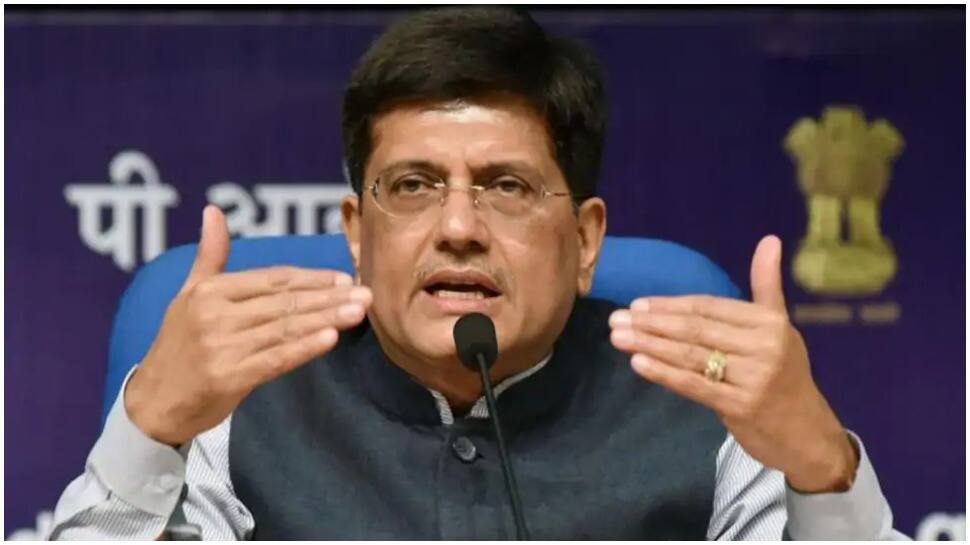
New Delhi: The Cabinet Committee on Economic Affairs chaired by Prime Minister Narendra Modi approved on Monday (September 14, 2020) the Haryana orbital rail corridor project from Palwal to Sonipat via Sohna-Manesar-Kharkhauda.
This railway line will start at Palwal and end at the existing Harsana Kalan station (on the Delhi-Ambala section) and will also provide en-route connectivity to the existing Patli station (on the Delhi-Rewari line), Sultanpur station (on the Garhi Harsaru line -Farukhnagar) and Asaudha Station (on the Delhi Rohtak Line).
The project will be implemented by Haryana Rail Infrastructure Development Corporation Limited (HRIDC), which is a joint venture created by the Ministry of Railways with the Government of Haryana.
The estimated cost of completion of the project is Rs 5,617 million and it is likely to be completed in 5 years.
According to the Ministry of Railways, the Palwal, Nuh, Gurugram, Jhajjar and Sonipat districts of Haryana will benefit through this railway line.
This will facilitate the diversion of non-Delhi traffic thereby relieving NCR and helping to develop multimodal logistics hubs in the NCR sub-region of Haryana State. It will also provide seamless high-speed connectivity from this region to the dedicated freight corridor network, resulting in reduced transportation cost and time for EXIM traffic from NCR to Indian ports, resulting in merchandise exports are more competitive.
The project will connect underserved areas of the Haryana state and will result in the boost of economic and social activities in Haryana.
“This multipurpose transportation project will also facilitate affordable and faster commuter travel, long-distance trips in different directions from Gurugram and the industrial regions of Manesar, Sohna, Farukhnagar, Kharkhauda and Sonipat,” the Ministry of Railways said.
“Approximately 20,000 passengers each day will transit this line and there would also be 50 million tons of freight traffic each year,” they added.
.